by Jarrett Seto
I’ve been enamoured by magical realism since first reading One Hundred Years of Solitude on the banks of the Bow River in Alberta. The genre tells a tale in a manner that you’d hear 5 years ago, 50 years ago, or 5000 years ago, sitting around a fire in a dark wood. The fantastical elements are timeless and may be as ancient as the tradition of storytelling itself. Primordial romanticism is the emotion you experience when you’re deeply immersed in a work of magical realism. There’s a sense of wanderlust, of a semi-mythical journey of physical or emotional distance, and a sense of deep rooted familiarity, like we’ve got the stories embedded in our DNA. They’ve been told a thousand times before, but at the same time, they’re completely new and one of a kind.

She Would Be King By Wayétu Moore (2019)
In She Would Be King, experience the formative years of Liberia through the eyes of interesting characters, who happen to discover that they’ve also awoken exceedingly unique powers. Think of them as proto-feminist superheroes, existing in a nation built by former enslaved people from the United States and the Caribbean. Each of the three main characters represent a person from a corner of the transatlantic slave trade. Riveting action and allegory combine in what one could call an elevated intersectional-historical-magical realism masterpiece. Bringing colonial history to life without shying away from its brutalities, Moore manages to captivate you with the strength of her characters.

The Magic Strings of Frankie Presto By Mitch Albom (2016)
Six magical blue strings and one guitarist can make a whole lot of change. Frankie is born under a bad sign, escaping Spanish bombs(Oo-ooh child, things are gonna get easier), but he’s the cream of his generation and he’s no pressed rat and warthog about it. One might call him a rambler, or a gambler, a long way from home, or one of the children of the revolution. He makes records, and he might not be playing your song but he changes (turn and face the strange) people’s lives. He carries that weight well, and you’ll enjoy following him on his long and winding road through the Twentieth Century. By the time he gets to Woodstock, he’s been working 9 to 5 as a musician. Whether he’s sittin’ on the dock of the bay or cutting green onions, you’re bound for a magical mystery tour. The way he travels (whether on country roads or Misty Mountain hopping) reminds me of Joni Mitchell’s Coyote, “A prisoner of the white lines on the freeway.” Albom’s love of music resonates through each page, and the writing’s as vivid as a Waterloo Sunset. Frankie’s not one to relax, that’s for sure.
I’ll give you a dollar if you can name all of the musical references above.

Ka: Dar Oakley in the ruin of Ymr By John Crowley (2017)
Meet Dar Oakley, the first crow with a name. Dar’s been around for thousands of years, and has travelled the globe, from Ireland to the land of the dead. He’s acquired knowledge that may be of paramount importance to humanity, and thankfully he’s met a human who’s happened to learn crow (which, in a humourous twist, is said to have regional dialects – check out 12 Fascinating Facts About Crows | Mental Floss). Vivid and graceful writing will entice you to keep reading this book about the finite nature of mortality and the immortality of stories. The concepts are heavy but the writing is the word version of strolling through an orchard lined with tropical plants and colourful wildflowers.
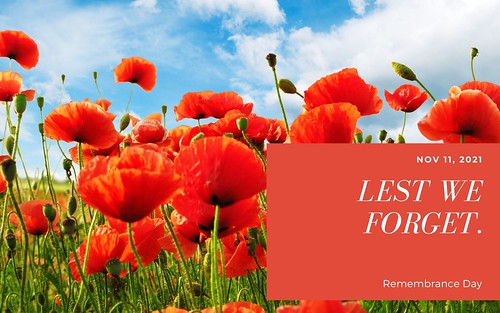
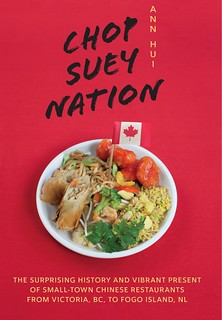


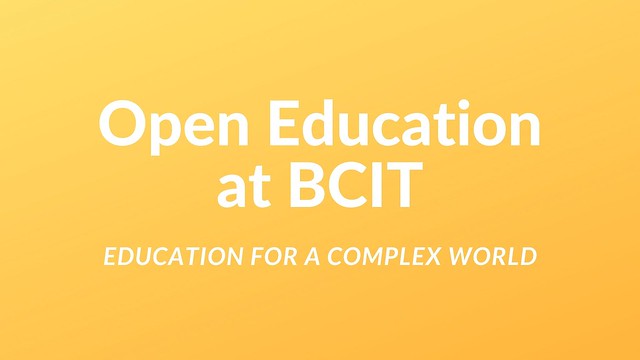
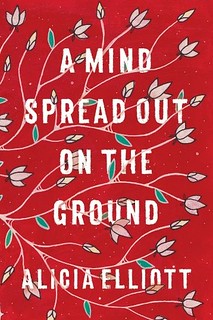





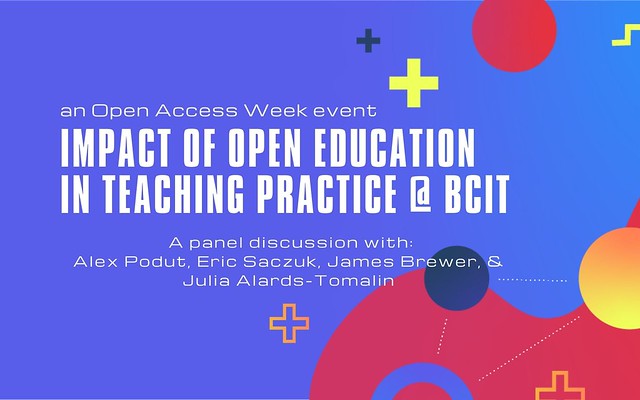
 I did a grad course in UBC Engineering when I was in my late 30’s. I have always valued textbooks from an educational perspective since my early education. That didn’t change, but being a mature student (read with bills to pay) I also found textbooks costly. Interesting how “valuable” may have positive or negative connotations when it comes to textbooks.
I did a grad course in UBC Engineering when I was in my late 30’s. I have always valued textbooks from an educational perspective since my early education. That didn’t change, but being a mature student (read with bills to pay) I also found textbooks costly. Interesting how “valuable” may have positive or negative connotations when it comes to textbooks. All changed in 2018 when I adopted an OER textbook for one of my courses. The original author chose not to include chapter questions in his textbook, as he found more suitable to hand them to students directly. Upon contacting the author I decided to use his book as the main reference and complement it with extra problems that are more relevant to Power Engineers. Students currently work with both textbooks, learning from one and reviewing a summary and completing problems from my “supplement”. We have delivered the course in this format for the last 4 years and managed to improve content year after year.
All changed in 2018 when I adopted an OER textbook for one of my courses. The original author chose not to include chapter questions in his textbook, as he found more suitable to hand them to students directly. Upon contacting the author I decided to use his book as the main reference and complement it with extra problems that are more relevant to Power Engineers. Students currently work with both textbooks, learning from one and reviewing a summary and completing problems from my “supplement”. We have delivered the course in this format for the last 4 years and managed to improve content year after year.

 OpenEd has been an excellent gateway for me to consolidate some of the work I’ve done with drones and disseminate it to a much wider audience than previously possible. The other element is that OpenEd has allowed me to involve students, both from BCIT and from high school volunteer programs.
OpenEd has been an excellent gateway for me to consolidate some of the work I’ve done with drones and disseminate it to a much wider audience than previously possible. The other element is that OpenEd has allowed me to involve students, both from BCIT and from high school volunteer programs.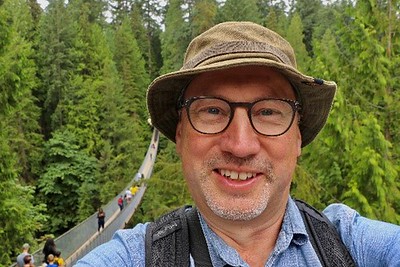 My open education journey began when I took a poll in my Astronomy 7000 class (this is an elective for engineering students taking a bachelor’s degree) and found that, on account of its cost, none of the students had bought the recommended text. To counter this, I switched to using the OpenStax astronomy text, and made a work booklet (based upon OpenStax problem and solution sets) to replace the online homework system of the previous text.
My open education journey began when I took a poll in my Astronomy 7000 class (this is an elective for engineering students taking a bachelor’s degree) and found that, on account of its cost, none of the students had bought the recommended text. To counter this, I switched to using the OpenStax astronomy text, and made a work booklet (based upon OpenStax problem and solution sets) to replace the online homework system of the previous text. I work as an instructor in the Renewable Resources department at BCIT and teach both the Forest and Natural Areas Management diploma and the Fish, Wildlife and Recreation diploma programs. I am a double grad from BCIT with both a diploma in Forestry and a degree in Ecological Restoration. One of the things I enjoy the most about teaching is coming up with creative and fun ways to interact and engage with the students. I have been using and creating OER’s since 2019, including a plant identification card game, a winter tree/shrub identification textbook, a series of plant ID videos and self-guided plant ID tour maps. I am passionate about sharing my love of OER’s with other people and inspire them to begin creating their own.
I work as an instructor in the Renewable Resources department at BCIT and teach both the Forest and Natural Areas Management diploma and the Fish, Wildlife and Recreation diploma programs. I am a double grad from BCIT with both a diploma in Forestry and a degree in Ecological Restoration. One of the things I enjoy the most about teaching is coming up with creative and fun ways to interact and engage with the students. I have been using and creating OER’s since 2019, including a plant identification card game, a winter tree/shrub identification textbook, a series of plant ID videos and self-guided plant ID tour maps. I am passionate about sharing my love of OER’s with other people and inspire them to begin creating their own.





